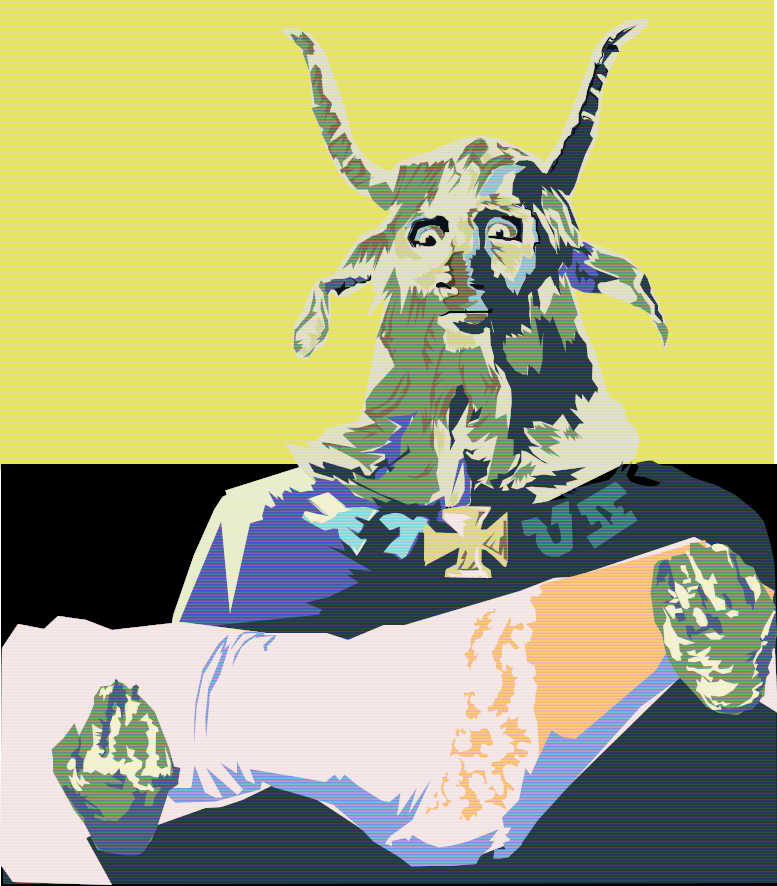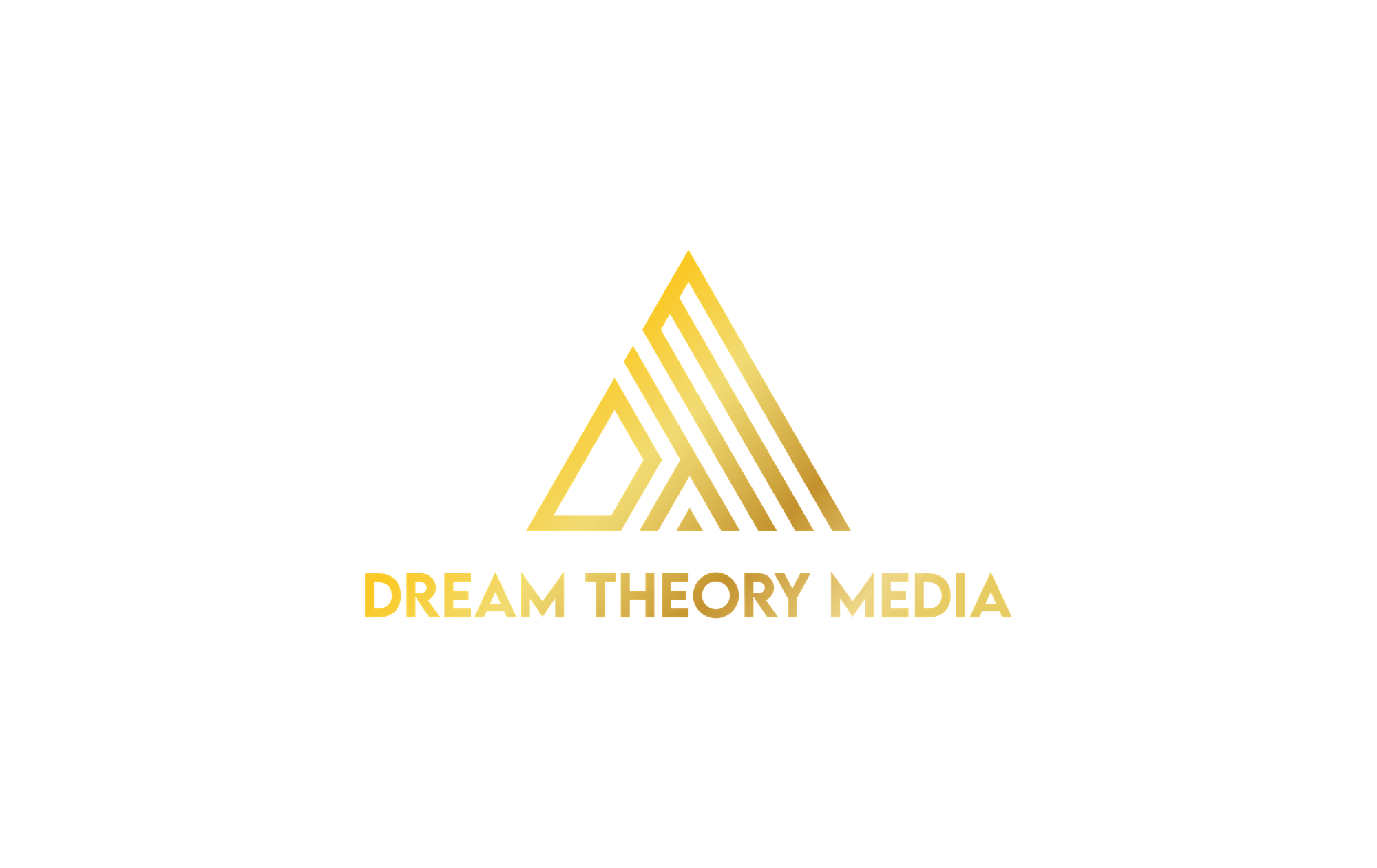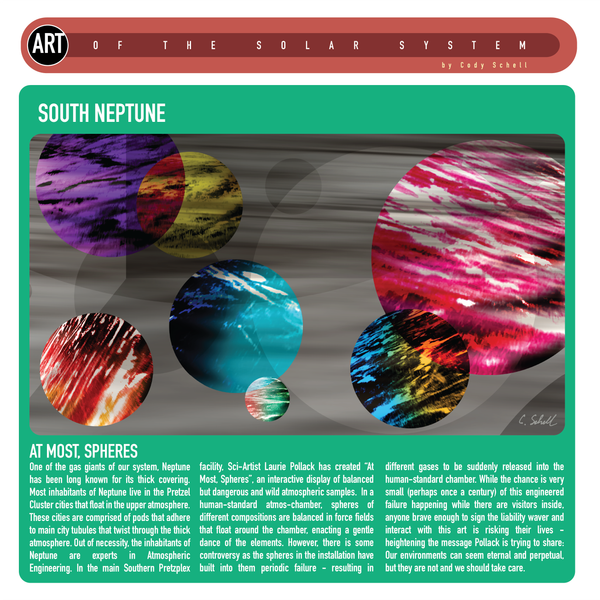A Personal History of Horror Films in 101 Quirky Objects #70 - Rear-view mirror in The Devil Rides Out (1968)

by Vince Stadon
“I'd rather see you dead than meddling with Black Magic!” – Duc de Richleau
It’s England in 1929. George V sits on the throne. Stern-jawed, stiff-upper-lip Englishmen are racing fast cars—and single-handedly flying light aircraft—around the leafy, sun-kissed countryside, speeding from one impressive mansion house to the next (even bigger and more impressive) mansion house, as they combat the forces of Evil (and that’s Evil with a capital ‘E’) led by a Satanist with impeccable manners who is about to conjure up the very Devil himself on Salisbury Plain, within sight of Stonehenge. On May Day. With the caveat that minorities are handled problematically in this film (le sigh), whenever I watch The Devil Rides Out, I always want to live in the world it depicts—it’s in my top five of Movies I’d Love to Live In.*
This is also a film in which two early ‘70s Bond villains battle it out, and I am absolutely all in. Charles Gray, our devil-worshipping antagonist, was the third and campest Ernst Stavro Blofeld to trade witty barbs with 007 (in 1971’s Diamonds Are Forever). Christopher Lee, in a rare turn as the hero in The Devil Rides Out, was three-nippled hitman Francisco Scaramanga, the eponymous The Man With The Golden Gun (1975).** And they are electrifying in this film—silky voiced Charles Gray, with his supreme confidence and penetrating stare, is one of the screen’s finest villains, and Christopher Lee is completely wonderful as the wise and crotchety aristocrat, adventurer, and occultist who represents the forces of good. The Duc de Richleau (he’s from French nobility) was a character Lee lobbied hard to play, against much studio resistance. Hammer had a history of mistreating the actor—though Lee was supported by his director, the wonderful Terence Fisher, who on the regular made Hammer’s most exceptional movies (I mean, just look at this run of classics: The Curse of Frankenstein (1957) / Dracula (1958) / The Hound of the Baskervilles (1959) / The Mummy (1959) / The Brides of Dracula (1960) / The Curse of the Werewolf (1961) /Dracula – Prince of Darkness (1966) / The Devil Rides Out).
Like de Richleau, Christopher Lee was born to nobility (his mother was a countess), and he seemed to know or be related to just about every notable English writer (he was Bond creator Ian Fleming’s step-cousin; his interview for a scholarship at Eton College was presided over by M.R. James, England’s greatest writer of ghost stories; and he met J.R.R. Tolkien in the 1950s), meaning it should be no surprise at all that he was a close friend of Dennis Wheatley—who thought Lee would be the perfect actor to play his most famous literary creation. In fact, Lee convinced Hammer to buy the rights to Wheatley’s biggest-selling occult novels, thinking they would be a perfect fit for “the studio that dripped blood.” And he wasn’t wrong, even though Hammer would adapt only one more of Wheatley novel, again starring Lee (this time as the devil-worshiping villain), for what would ultimately be their final horror film: the problematic To The Devil a Daughter (1976). But that film’s many failings are not Christopher Lee’s fault. I’m not sure he had any faults. I’m not even sure he was a mortal man. I think he was a god. And there’s nothing more frightening than a god who is scared, as the Duc de Richleau is in The Devil Rides Out.
(By the way, I love that Lee—most famous for playing Count Dracula—is the good guy in a movie where he faces off against a powerful Satanist clearly modelled on Aleister Crowley, is following in the footsteps of Bela Lugosi—most famous for playing Count Dracula—as the good guy in The Black Cat (1935) where he faces off against a powerful Satanist clearly modelled on Aleister Crowley. This kind of thing gives me a thrill that I can’t explain.)
The Devil Rides Out has standout scary bits—notably the monstrous apparitions mobilised by Mocata, and the hairs-standing-on-the-back-of-your-neck sequence where the Angel of Death is summoned, accompanied by James Bernard’s best score—but it’s the quiet, incidental bits that fill me most with dread. Those impressive country mansion houses I mentioned earlier are decorated with satanic markings (though one house only has a circle of protection drawn in chalk) and are home to gatherings of exotic and mysterious foreigners who are all in thrall to Evil (and that’s Evil with a capital "E").
The battle between the forces of Good and Evil centres around the possession of young people: some of whom, like Simon (Patrick Mower) and Tanith (Niké Arrighi) have been initiated into the cult but not yet baptised in Evil; others, like a little girl named Peggy (Rosalyn Landor), are innocent bystanders used cruelly by Mocata. Most of all, it’s Mocata’s psychic powers that unnerve me. Those eyes. That voice. He might physically be several miles away, but he can be psychically right there with you in the speeding car, his penetrating eyes staring back at you in the rear-view mirror. He will guide you, protect you, destroy all those in his left-handed path, for he has the Devil on his side. Racing through post-Great War England—land of Christian churches and cathedrals, of British pluck and sportsmanship, of hedgerows and cricket pavilions—the “Goat of Mendes” regards this domain with baleful eyes and seeks to devour it; the Devil is in England and all men will bow to him. Mocata will see to it.
As the two men do battle with supernatural forces, the women come to the fore. The ultimate battle is won by love, by motherhood, by women showing the Devil their powers, which transcend the pettiness of dominion and conquest. Once summoned, the Angel of Death must not leave empty handed: the Devil be damned. Mocata has no chance against this showing of true majestic power. He looks small. Pathetic. His abilities are mere parlour tricks compared to the primal, elemental force of love. Only love can beat the Devil and save the world. Though it helps if your love is English, has a stern jaw and stiff upper lip, and races around the countryside in a fast car… but that just goes without saying.
*The other four are: Nosferatu (1922); Nosferatu the Vampyre (1979); Nosferatu (2024); the Adam West Batman film (1966).
**Both actors would be celebrated for their performances as Mycroft Holmes, Sherlock’s elder brother: Lee in Billy Wilder’s sublime The Private Life of Sherlock Holmes (1970), and Gray in the peerless Jeremy Brett-starring television series Adventures of/Return of/Case-Book of/Memoirs of Sherlock Holmes (1984-1994).
~
More obvious picks for an object to represent this film: the altar; the wicker cage containing sacrificial cockerels; Peggy’s doll
The Devil Rides Out (1968); 95 mins; UK
Directed by Terence Fisher; Written by Richard Matheson (based on The Devil Rides Out by Dennis Wheatley); Produced by Anthony Nelson Keys; Cinematography by Arthur Grant; Music by James Bernard
Christopher Lee (Duc de Richleau); Charles Gray (Mocatta); Niké Arrighi (Tanith); Leon Greene (Rex Van Ryn); Patrick Mower (Simon Aron); Gwen Ffrangcon-Davies (Countess d'Urfe); Sarah Lawson (Marie Eaton); Paul Eddington (Richard Eaton); Rosalyn Landor (Peggy Eaton); Russell Waters (Malin)




